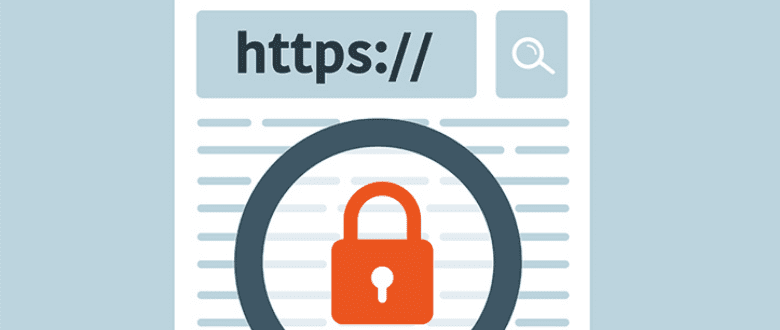For any business operating in today’s digital economy, having a website is a must. Having one that isn’t secure, however, can become a liability which can hurt more than it will help. The good news is that making sure that your business’s website is secure isn’t as difficult as it may seem. Here’s what you need to know about website encryption, how to tell if your website is secure, and what you should do if it isn’t.
The Basics of Website Encryption
On the internet, the basic building block of website security is encryption. It’s used to create a secure connection between visitors and the server that hosts the website, to keep the data flowing between them safe from prying eyes. If you visit any major website, you’ve probably noticed the small padlock icon that appears next to its URL in your browser’s address bar. That’s an indication that your connection to the site is encrypted.
An encrypted web connection, signified by the “https://” prefix of a URL, is facilitated by an SSL certificate. Each secure website must have such a certificate, which validates that the site is who it claims to be, and provides the cryptographic basis for the two ends of the connection (server and browser) to create a two-way encrypted connection. To determine validity, all SSL certificates must be issued by a known certification authority (CA) that is natively trusted by major web browsers.
For today’s websites, it’s important to note that the original secure sockets layer (SSL) protocol has been supplanted by the newer
transport layer security (TLS) standard but, for simplicity’s sake, the industry still uses the SSL moniker.
Checking Your Website
To make sure that your website is capable of establishing a secure connection with its visitors, you’ll want to first open up a web browser and try to visit the secure version of the site. You can reach it by placing the aforementioned “https://” prefix before your site’s domain name. If your website loads without any errors and you see the padlock icon next to the address, you’re probably in good shape. To be certain, however, head over to this SSL testing site> and let it scan your company’s website. If the test returns any result that’s less than an “A” grade, you may want to seek some professional assistance to find out why.
Keep SSL Certificates Updated
It’s important to remember that a website that passes an SSL check today can fail tomorrow if the certificate it uses has expired. As of today, the validity period of all SSL certificates is capped at a maximum of two years from the date they’re issued. That means businesses have to stay on top of their SSL certificate renewals, or their site will generate errors for visitors – or worse – become a target for hackers and cybercriminals.
If your website needs a security checkup, or you’ve found that it isn’t passing security checks, don’t wait—let our experts get to the root of the problem and solve it for you! We can handle all of your business website needs, from security checks and updates like the ones discussed here, to building you a whole new site from the ground up.
Contact us today and we’ll get right to work for you!

